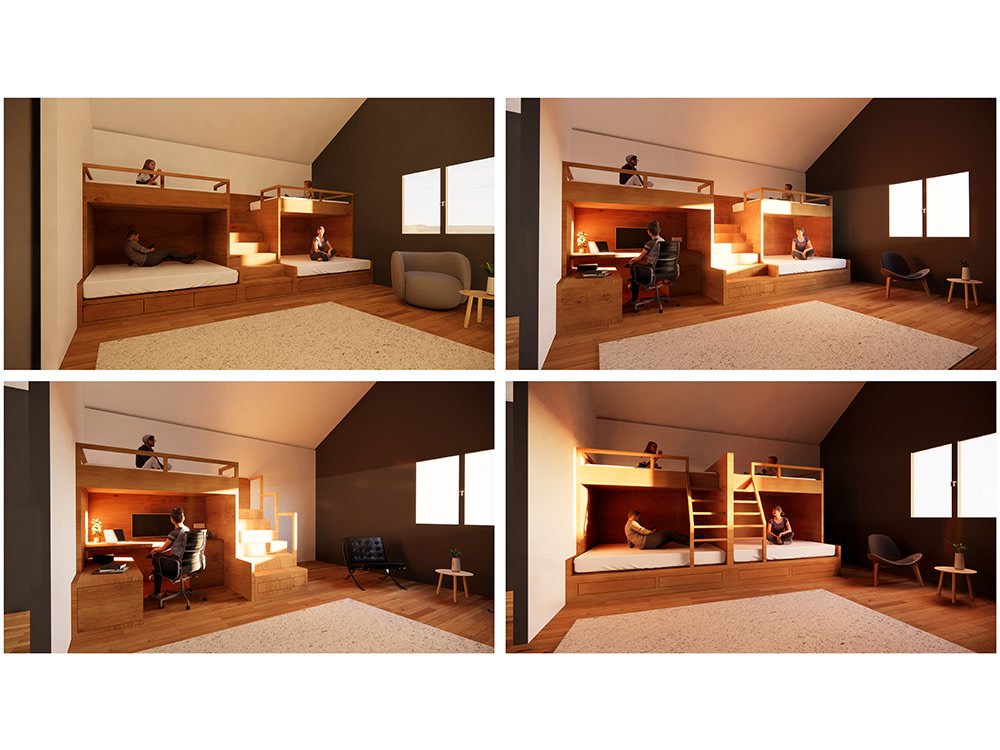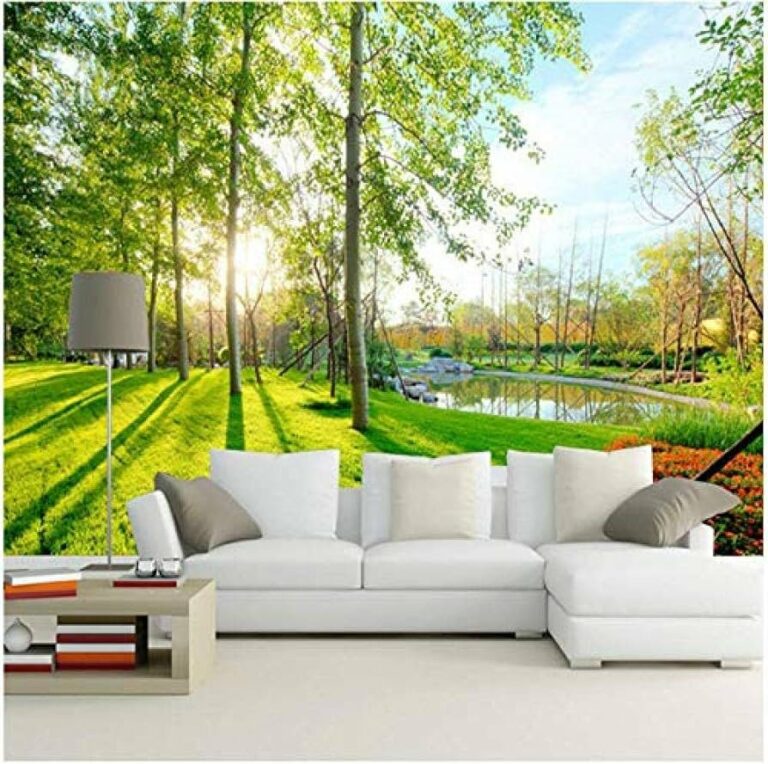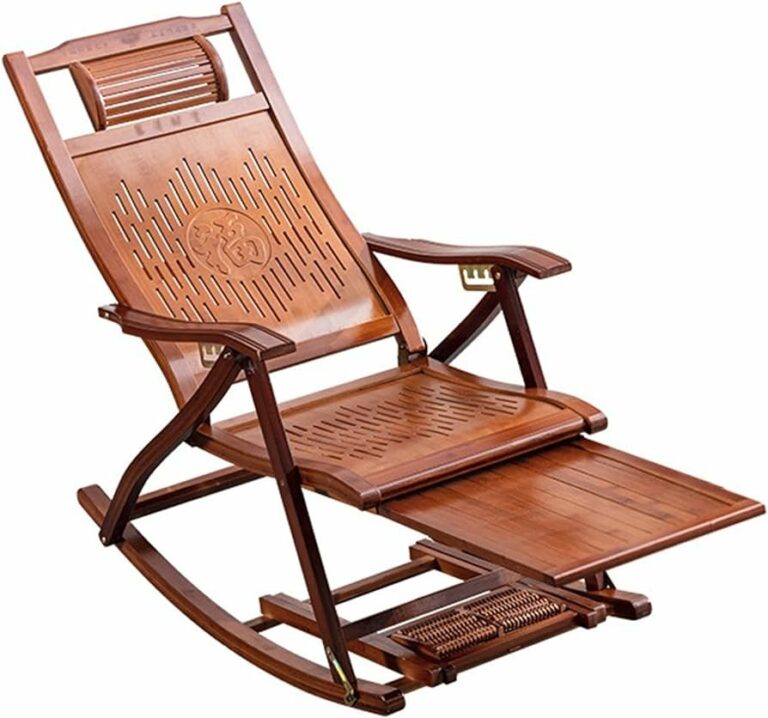Is Customization Possible For Eco-Friendly Furniture?
Is Customization Possible For Eco-Friendly Furniture? The answer is a resounding yes! Gone are the days when sustainable furniture options were limited in design and functionality. Today, you can have the best of both worlds – furniture that not only promotes a greener planet but also fits perfectly into your unique space and requirements. Imagine a sofa that matches your taste, but is also made from reclaimed materials.
How about a dining table that suits your style, while being crafted from sustainably sourced wood? With eco-friendly furniture, customization is the key to meeting your personal preferences and reducing your carbon footprint. So, let’s delve into the world of customizable green furniture and discover the endless possibilities that await you.
Is Customization Possible For Eco-Friendly Furniture?
Eco-friendly furniture is gaining popularity as people become more conscious of their environmental impact and seek sustainable alternatives. But can eco-friendly furniture also cater to your specific needs and preferences? The answer is a resounding yes! In this comprehensive guide, we will explore the world of customizable eco-friendly furniture, discussing the benefits, options, and considerations you should keep in mind.
1. The Rise of Eco-Friendly Furniture
Over the years, there has been a significant shift in consumer preferences towards sustainable and environmentally-friendly products. This has led to the rise of eco-friendly furniture, which promotes responsible sourcing of materials, reduced waste generation, and lower carbon footprints. This shift in consumer demand has prompted furniture manufacturers to develop customizable options that align with these ideals.
Eco-Friendly Materials
One of the key aspects of eco-friendly furniture is the use of sustainable materials. Traditional furniture production often relies on non-renewable resources like wood from old-growth forests or petroleum-based plastics. However, eco-friendly furniture utilizes materials such as:
- Reclaimed wood: Salvaged from old buildings, barns, or discarded furniture, reclaimed wood gives a new life to otherwise wasted resources.
- Bamboo: A fast-growing grass that regenerates quickly, making it an excellent alternative to traditional wood.
- Recycled plastics: By repurposing plastic waste, furniture manufacturers contribute to reducing plastic pollution and the demand for virgin plastics.
- Organic textiles: Fabrics made from organic fibers, such as organic cotton or hemp, are grown without the use of harmful pesticides or synthetic chemicals.
Reduced Carbon Footprint
Eco-friendly furniture manufacturers prioritize minimizing their carbon footprint throughout the production process. They often employ practices such as:
- Local sourcing: By using locally sourced materials, manufacturers reduce transportation emissions.
- Energy-efficient manufacturing: Implementing energy-saving technologies and practices decreases energy consumption during production.
- Low VOC finishes: Volatile Organic Compounds (VOCs) found in conventional paints and finishes can emit harmful chemicals into the air. Eco-friendly furniture uses low VOC or VOC-free finishes, improving indoor air quality.
2. Customization Options for Eco-Friendly Furniture
When it comes to customization, eco-friendly furniture offers a wide range of options to meet your specific needs and preferences. Here are some aspects you can customize:
1. Design
Customizable eco-friendly furniture allows you to choose from a variety of designs to match your personal style and existing décor. Whether you prefer modern, rustic, or minimalist designs, there are eco-friendly options available to suit your taste.
2. Size and Dimensions
Every space is unique, and customizable eco-friendly furniture takes this into account. Whether you need a smaller sofa to fit a compact living room or a larger dining table for hosting guests, you can find customizable options that cater to your specific size and dimension requirements.
3. Material Selection
While eco-friendly furniture already prioritizes sustainable materials, customization allows you to choose specific materials that align with your values and preferences. For example, if you have a preference for reclaimed wood or organic textiles, you can find eco-friendly furniture options that offer these choices.
4. Upholstery and Fabrics
Customizable eco-friendly furniture allows you to select upholstery and fabrics that suit your lifestyle and design preferences. Whether you prefer natural fibers like organic cotton or a vegan leather alternative, you can find options that prioritize both sustainability and your desired aesthetics.
5. Eco-Friendly Features
In addition to design and material choices, eco-friendly furniture can also incorporate specific features that align with your sustainability goals. Some customizable eco-friendly furniture options include:
- Modularity: Modular furniture allows for easy rearrangement and reconfiguration, enabling you to adapt your furniture to changing needs without replacing the entire piece.
- Multi-functionality: Furniture with multi-functional features, such as storage compartments or convertible designs, optimizes space and reduces the need for additional furniture.
- Recyclable components: Some eco-friendly furniture options are designed with recyclable components, making it easier to dispose of or repurpose the furniture at the end of its life cycle.
3. Considerations for Customizable Eco-Friendly Furniture
While customizable eco-friendly furniture offers numerous benefits, there are a few considerations to keep in mind before making a purchase:
1. Budget
Customizable furniture often comes with a higher price tag compared to mass-produced, non-customizable options. Consider your budget and weigh the cost against the value you place on sustainability and personalized design.
2. Lead Time
Customizing furniture takes time, so be prepared for longer lead times compared to off-the-shelf options. If you have specific deadlines or time constraints, make sure to communicate them with the manufacturer or retailer to ensure your needs can be met.
3. Return and Exchange Policies
When customizing furniture, it’s crucial to understand the manufacturer’s return and exchange policies. In case the final product doesn’t meet your expectations or requirements, you’ll want to ensure you have options for rectifying the situation.
4. Maintenance and Care
Different materials and finishes require specific maintenance and care. Before customizing your eco-friendly furniture, familiarize yourself with the recommended care instructions to ensure its longevity and performance.
Customizable eco-friendly furniture offers a perfect combination of sustainability and personalized design. With a range of options available for design, size, materials, upholstery, and eco-friendly features, you can find furniture that aligns with your unique needs and preferences. By choosing customizable eco-friendly furniture, you not only contribute to a more sustainable future but also create a personalized living space that reflects your style and values. So unleash your creativity, explore the possibilities, and embrace eco-friendly customized furniture for your home.
How To Be An ECO FRIENDLY Furniture Flipper | An Earth Day Special 🙂
Frequently Asked Questions
Can eco-friendly furniture be customized to my specific needs?
Yes, eco-friendly furniture can be customized to meet your specific needs and preferences. Many manufacturers offer a range of customization options, allowing you to choose the materials, finishes, sizes, and design elements that align with your requirements. Whether you are looking for a specific type of wood, non-toxic finishes, or unique designs, eco-friendly furniture can be tailored to suit your individual taste and style.
What types of customization options are available for eco-friendly furniture?
The customization options for eco-friendly furniture are extensive. You can choose from a variety of sustainable materials such as reclaimed wood, bamboo, or cork. Additionally, you can select different finishes, such as water-based or natural oils, to ensure low chemical emissions. You may also have the option to modify the dimensions, configuration, and design details to fit your specific space and aesthetic preferences.
Are there limitations to customizing eco-friendly furniture?
While eco-friendly furniture can be customized to a great extent, there may be some limitations depending on the manufacturer and their production processes. Certain materials or finishes may have restrictions, and the level of customization may vary from one supplier to another. It is always recommended to communicate your needs clearly with the manufacturer to ensure they can accommodate your specific customization requests.
Can I request personalized features or designs for my eco-friendly furniture?
Absolutely! Many eco-friendly furniture manufacturers offer the option to request personalized features or designs. This could include engraving, unique patterns, or special hardware details. By discussing your preferences with the manufacturer or working with a custom furniture designer, you can create a truly one-of-a-kind piece that reflects your personality and style.
Does customizing eco-friendly furniture affect its sustainability?
Customizing eco-friendly furniture generally does not affect its sustainability, as long as the materials and finishes used remain environmentally friendly. By choosing sustainable materials and low-emission finishes during the customization process, you can ensure that your customized furniture maintains its eco-friendly characteristics. It is important to communicate your sustainability preferences with the manufacturer and ensure their customization practices align with your values.
Final Thoughts
Eco-friendly furniture has the potential to be customized to meet specific needs. With a growing interest in sustainable living, many furniture manufacturers are starting to offer personalized options that prioritize both style and environmental responsibility. By utilizing eco-friendly materials and manufacturing processes, these companies are able to create furniture that is not only customizable in terms of design, size, and functionality but also promotes a greener lifestyle. Whether it’s choosing the type of wood, fabrics, or finishes, eco-conscious consumers can find options that align with their unique preferences and needs. Therefore, when considering eco-friendly furniture, rest assured that it can indeed be tailored to your specific requirements, without compromising on sustainability.


